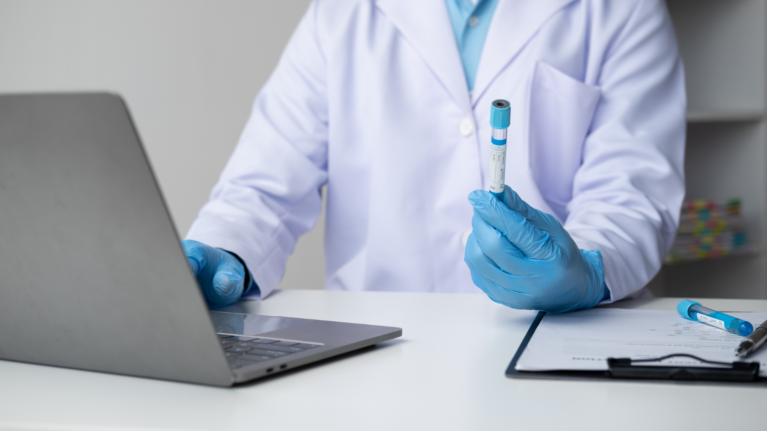

Labs and organizations never skimp on developing a solid, well-researched business strategy.
However, the starting point for data, intellectual property, and scientific publications – biological and/or chemical samples – are often ignored during strategic planning meetings, falling by the wayside as a byproduct of overall lab operations.
With the introduction of the Sample Strategy, this is changing. Here, we present to you a new perspective on lab operations, where Sample Management becomes the foundational fabric of the lab, enabling the future-proofing of operations.
Let’s start with what a sample strategy is.
In a laboratory setting, a sample strategy refers to a systematic plan for handling, processing, and analyzing samples. It involves defining a study’s objectives, determining the type and number of samples required, and establishing the appropriate collection methods, storage conditions, and handling protocols. A well-designed sample strategy ensures the reliability and reproducibility of experimental results, minimizes potential biases, and maximizes the efficiency of laboratory resources.
To help you formulate your sample strategy, let’s focus on some key questions to consider throughout the lifecycle of a sample.
This involves determining the appropriate type and number of samples to be collected. It considers factors such as the purpose of the study, the environmental, biological, or chemistry specimen being sampled, and any specific criteria or guidelines that need to be followed.
This step involves physically obtaining the samples according to pre-determined protocols. It may include techniques such as sampling from a larger batch, using specialized equipment or instruments, or following specific procedures to ensure consistency and accuracy.
Proper storage of samples ensures long-term stability and maintenance of sample integrity. It can involve sample dilution in a new buffer, cryoprotectant, or lyophilization before storage. In addition, the temperature and storage container are both considerations for your sample strategy.
Proper handling of samples is also crucial to maintain their integrity and prevent contamination or degradation. This may include labeling, preservation, storage conditions (e.g., temperature, humidity), and transportation considerations. Adhering to standard operating procedures (SOPs) is important to maintain the quality of the samples.
Depending on the analysis required, samples may undergo certain preparation procedures before testing. This could involve sample grinding, dilution, extraction, filtration, or other techniques to make the samples suitable for analysis.
A comprehensive sample strategy includes proper documentation and recordkeeping throughout the entire process. This includes recording sample information, collection dates, handling procedures, deviations or incidents, and other relevant data.
Do you have a proper Electronic Lab Notebook (ELN) to reference the sample-related experimental design and data analysis?
The sample strategy also encompasses an analysis plan outlining the methods, techniques, and instruments to analyze the samples. It may include specific testing protocols, quality control measures, and data analysis approaches to ensure accurate and meaningful results.
Samples go through a predictable life cycle and have a lifespan – just like our cars, lab equipment, and bodies! You must oil your car, calibrate your instruments, and have a healthy diet and exercise regimen to maintain everything properly!
Samples are no different. A successful lab must have a short- and long-term strategy for its samples, from collection to analysis and beyond.
We are here to assist you with that. If you’d like to find the best answers to the questions above, schedule a free personal demo today!
Note: Consider looking into Sample360 – this will help you to define a Sample Strategy while incorporating your lab’s instruments into the mix!

 By Ethan Sagin
By Ethan Sagin
Learn how eLabNext utilizes impact-driven metrics and assessments to optimize digital operations, enhance customer satisfaction, and achieve lab digitization goals effectively.
Read more
 By Zareh Zurabyan
By Zareh Zurabyan
Discover the transformative power of a Sample and Digital Strategy, and follow our 5 easy steps to prep for a seamless ELN/LIMS transition.
Read more
 By Chris Austin
By Chris Austin
Discover the ongoing debate between paper and ELNs in research institutions, weighing the simplicity and tangibility of paper against the efficiency and collaboration-enhancing features of ELNs.
Read more
Schedule a Personal Demo for friendly expert guidance and a free lab workflow assessment.